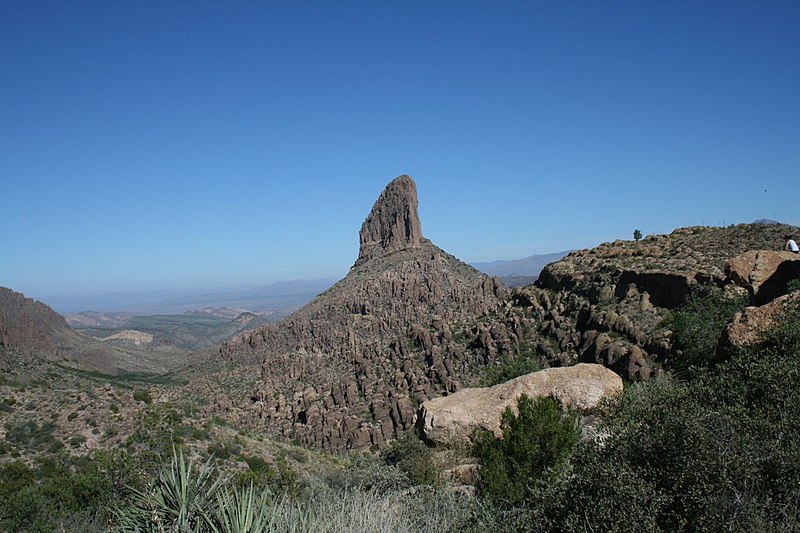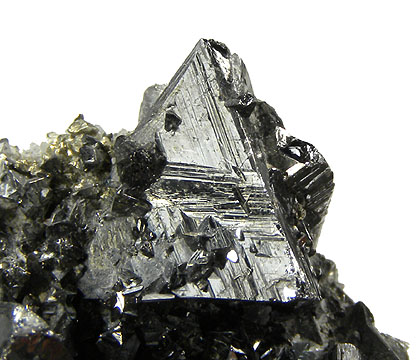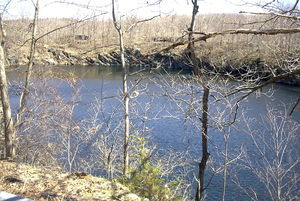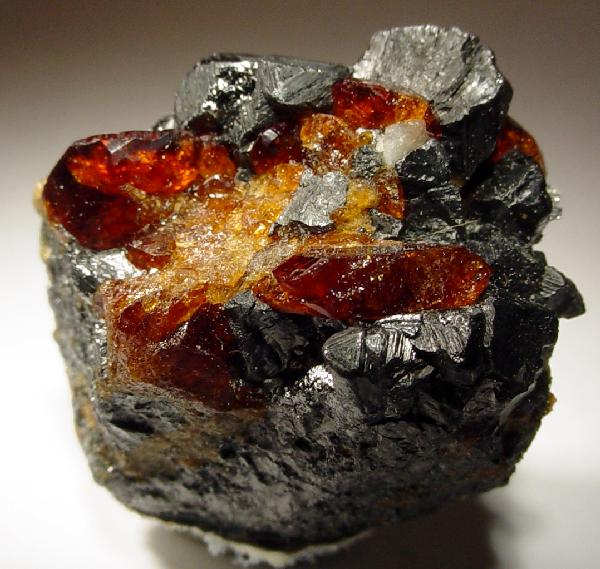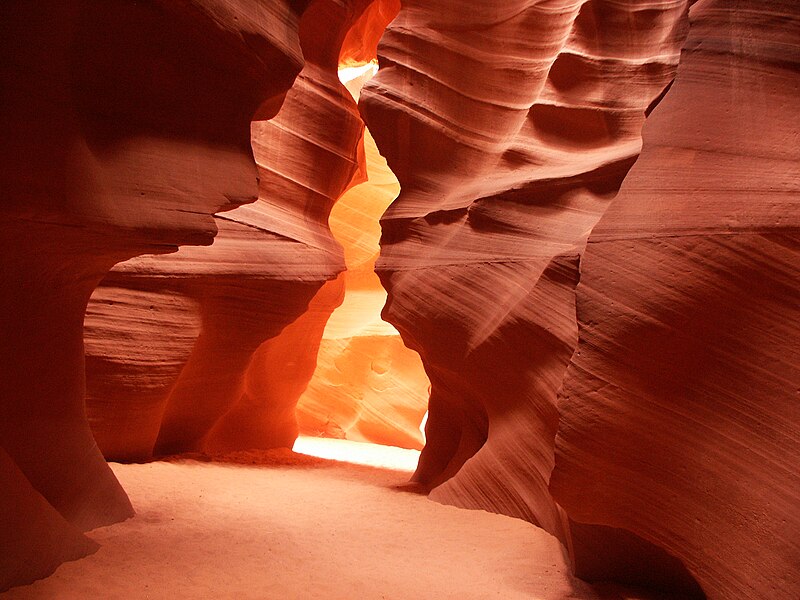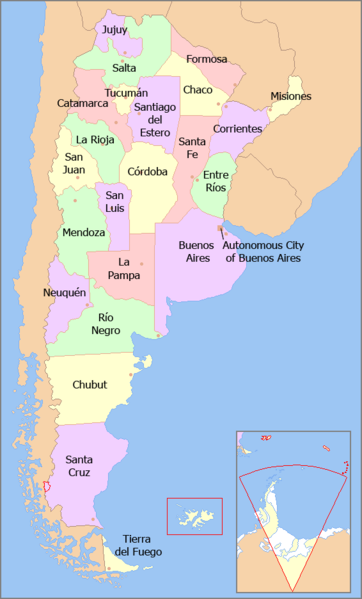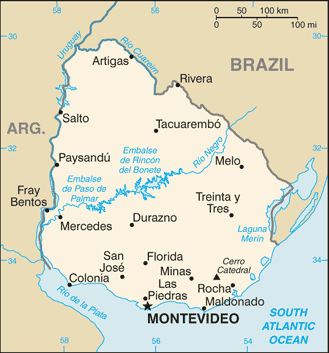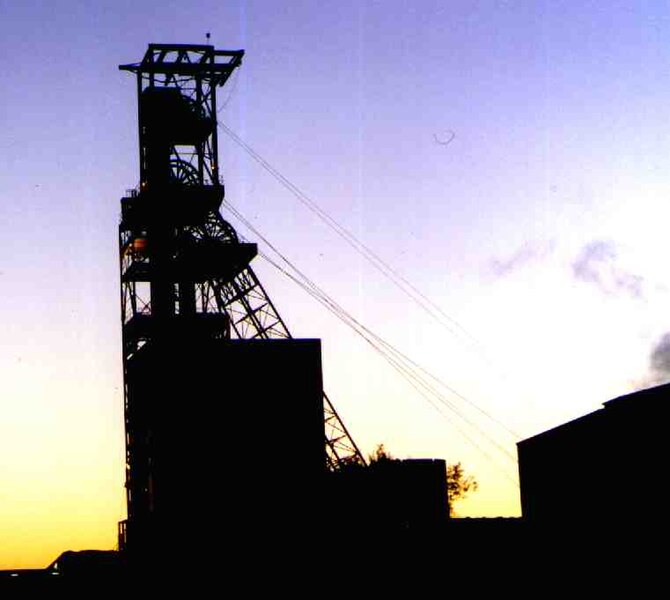 |
| The headframe of a gold mine in Reef City, South Africa Photo by Nolween |
More then 40% of all the gold ever mined has come from the Witwatersrand commonly called “The Rand” since 1870. The deepest mines in the world are also found in The Rand. In 2005 it accounted for 12% of the total world’s gold production, but as late as 1993 it accounted to over 30% of the world’s gold. Overall it has been estimated that greater then 50% of the world’s gold reserves are from South Africa with 40% from the Witwatersrand alone.
The word Witwatersrand in Afrikaans means the ridge of white waters a large range of sedimentary hills in the northeastern part of South Africa. The range has a height ranging from 1,700 to 1,800 meters although it appears lower then that because its relief is low and the heights are because it is on top of a large mountain plateau. The ranges run from east to west mainly in the Gauteng province of South Africa.
Geologically it is quite complex composed mainly of quartzites, quartz pebble conglomerate and shale. These rocks are geologically turbidites that flowed down a Precambrian continental slope. The Witwatersrand gold and uranium deposits for years have been the center of a controversy as to where they came from. The controversy was apparently laid to rest with the discovery by analyzing some of the platinum group metals that determined they came from a long lost mountain range to the north.
The rocks of the “Rand” or reef are similar to those found at Elliot Lake and Timmins, Ontario and are very rich in gold and uranium. So famous is the name Rand even South Africa’s currency is called a Rand. The name Witwatersrand also attaches itself to the Greater Johannesburg Metropolitan Area.
Gold was discovered in the Rand as early as July 31, 1826 by Peter Jacob Marais on the banks of the Jukskei River; the find was kept secret at the time. Gold mining really started on the Rand in 1886 although there were sporadic efforts before that. The Rand sparked a gold rush in the Witwatersrand and later deposits of gold and uranium eventually created the largest urban area in sub-Saharan Africa.
Among the many gold mines in South Africa are two of the world’s deepest mines. In the East Rand Mine at Boksburg reaches a depth 3,585 meters. The TauTona mine in Carletonville is 13 meters less then the East Rand Mine. Plans are afoot to work on an extension of the TauTona mine that will bring its total depth to more then 3,900 meters (12,800 feet). This will break the present by 39 meters (127 feet). When you get to these depths the rocks can reach 60o C (140o F).



